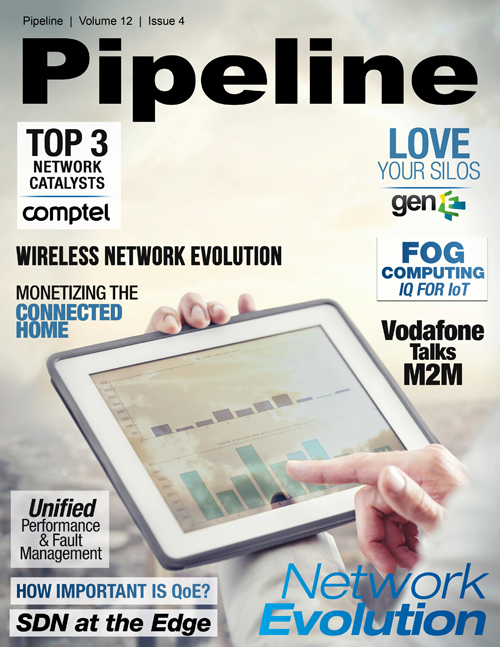Wireless Network Evolution
LTE-U/LAA
The conversation around small cells lately has frequently concentrated on LTE small cells operating in the 5 GHz range: LTE unlicensed (LTE-U) and licensed-assisted access (LAA). These technologies are, of course, controversial because of the potential for LTE-U/LAA to interfere with and degrade WiFi performance. The battle lines are drawn about the way you might think, with wireless providers such as Verizon and T-Mobile seeing LTE-U as a way to enhance their QoE and cablecos and groups like the Wi-Fi Alliance looking out for the interests of the Wi-Fi providers.
It is a battle that has just begun, but not one without a potential solution. As Monica Paolini of Senza Fili Consulting points out in a piece featured on the Small Cell Forum website, if LTE-U cells are equipped with listen-before-talk (LBT) mechanisms like those used by Wi-Fi, the technologies can better coexist. Good fences, as the man said, make good neighbors. However it happens, the interested parties will need to sort out the details, because LTE-U is a valuable asset as providers of all stripes work to build HetNets capable of better meeting user demand.
Virtualization and centralization
Big, complex, heterogeneous networks require a different approach to computing. As I wrote about a few months ago, agile mobile networks can greatly benefit from centralizing and virtualizing various computing functions. C-RAN is one approach, wherein the baseband unit (BBU) of multiple cells are centralized, leaving the cell heads to serve as remote radio heads (RRH).
Network functions virtualization (NFV) can be used instead of or in concert with C-RAN, promising enhanced mobility, scalability, resilience and more.
The next phase
There are so many other exciting and promising wireless developments on the horizon, from new devices to new ways of ensuring wireless subscriber QoE. One of my favorite recent releases involves Nokia Networks’ proof of concept, conducted in conjunction with UAE wireless carrier du, of the use of smartphone-carrying drones to conduct tower inspection, line of sight testing, and radio planning on the du network around the Dubai International Stadium. In addition to being faster and more efficient than manual walk testing, this test has the added benefit of featuring robots. And if we can’t talk about robots, why even bother talking about the future?


















